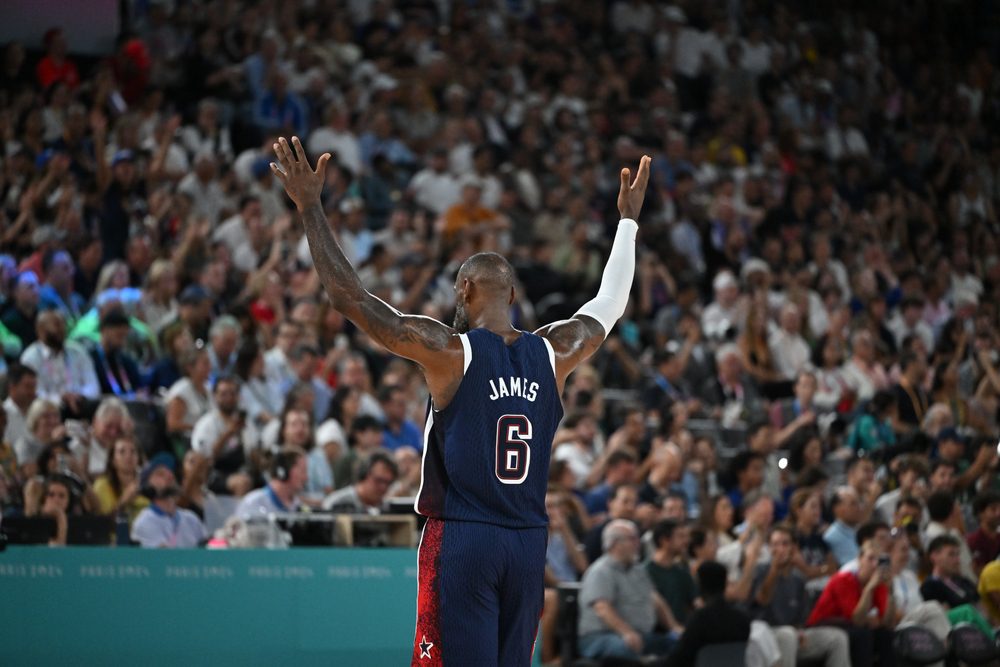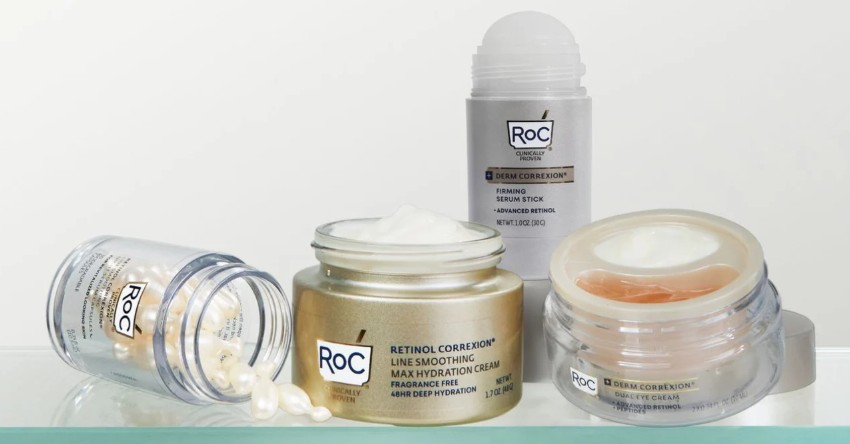Why a special section devoted to entertainment tie-ins? Because they work.
Technology is advancing and media is fragmenting, giving the public an unequaled opportunity to enjoy the show — whatever that show may be and in whatever format it may be delivered. And while the marketing world is expending a lot of energy these days identifying the changing needs of consumers as individuals, one thing remains constant: everybody loves entertainment.
“Three-quarters of our [marketing] efforts are dedicated to getting consumers to look at us, so you might as well be where they’re already looking,” says Jim McCann, ceo of Westbury, NY-based 1-800-Flowers, when asked why he aligns his brand with film and TV properties.
Point-of-Purchase Advertising International, Washington, DC, this March released results from a ground-breaking study examining the effect of various P-O-P initiatives on sales; topping the list of tactics in terms of incremental increases were displays communicating a tie-in with entertainment, sports, or charities.
But it’s not a can’t-miss strategy. The marketing annals are filled with examples of tie-ins that failed miserably due to poor fits between brand and property, uninspired creative, or uncooperative partnerships. A successful property doesn’t always benefit a partnering brand; a successful brand promotion doesn’t always enhance the property. And when you bomb in Hollywood, the entire world is watching.
PROMO created this special section to give marketing professionals even easier access to the extensive coverage we provide on entertainment marketing industry each month — to be honest, even we were surprised by the amount of space we have devoted to the topic over the past year.
We hope this section will give some insight into entertainment marketing done right — or wrong, as the case may be — that you can apply to your future campaigns.
Sit back, and enjoy the show.
 Network
Network

